If you’ve been diligently paying down your mortgage, you’ve likely built up a valuable asset: home equity. This financial resource can be a game-changer, offering opportunities to fund major expenses, consolidate debt, or tackle unexpected financial challenges.
A Deep Dive Into Bank Statement Second Mortgages for Self-Employed Individuals
If you’re self-employed or have an income that doesn’t fit traditional molds, securing financing for a home renovation or debt consolidation can seem daunting. However, bank statement second mortgages are designed to provide a viable solution for homeowners who don’t rely on conventional pay stubs, W-2 forms, or tax returns.
Unlocking Home Equity With Home Equity Loans and HELOCs
Home equity loans and Home Equity Lines of Credit (HELOCs) are two avenues through which homeowners can tap into this valuable asset.
The Difference Between A Home Equity Loan Versus A HELOC
When homeowners need to tap into the equity they’ve built in their homes, two popular options are Home Equity Loans (HEL) and Home Equity Lines of Credit (HELOC). Both types of loans allow homeowners to access funds for various purposes, such as home improvements, debt consolidation, or unexpected expenses. However, it’s essential to understand the differences between these two mortgage products to make an informed decision that aligns with your specific needs and financial goals. Here are some important differences between the two.
Make Modifications To Age In Place With A Home Equity Loan
There are a lot of people who would like to remain in their homes for as long as possible. Unfortunately, a traditional home may have a few features that can make it difficult for people to stay in their homes as they get older.


